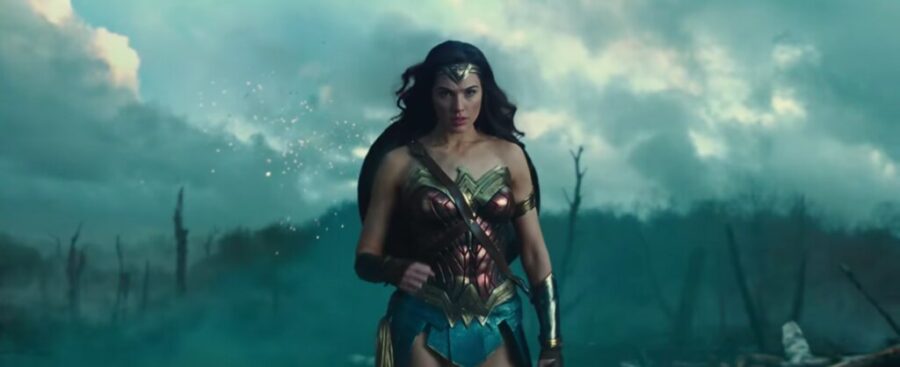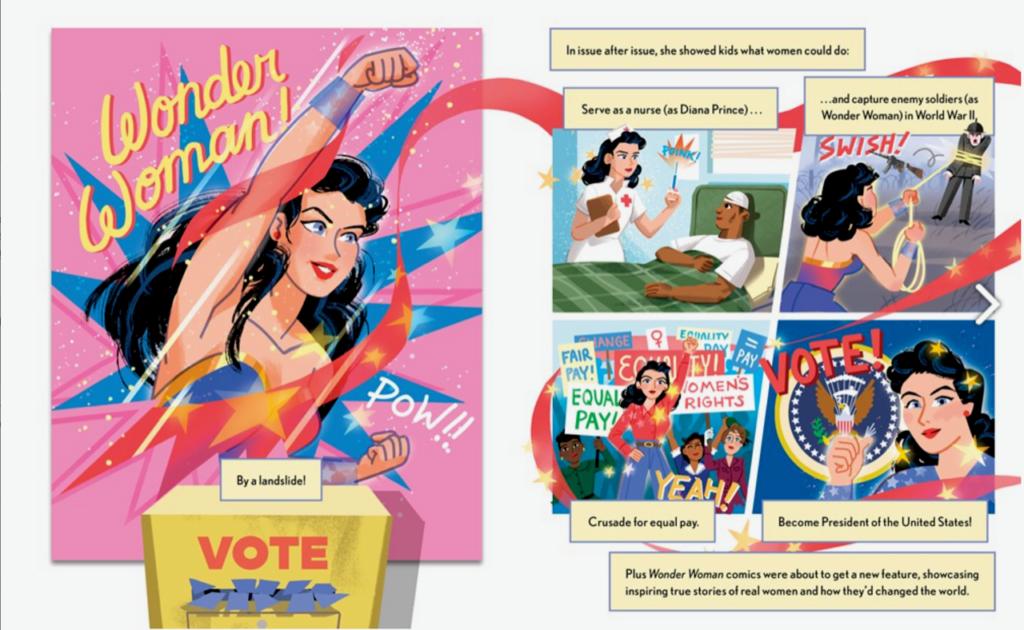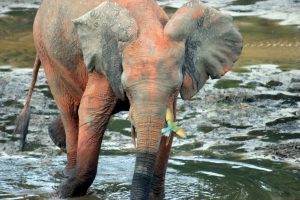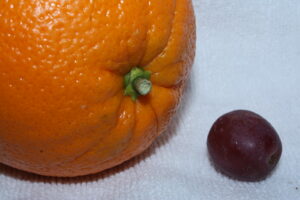
GUEST BLOGGER KIRSTEN W. LARSON
A special Sunday edition of the popular LitLinks blog series
Even though I’ve loved Wonder Woman since childhood, I learned a lot about her while researching A TRUE WONDER: The Comic Book Hero Who Changed Everything, illus. by Katy Wu (Clarion, 2021). In Wonder Woman’s first appearance in All Star Comics 80 years ago, she had a number of superpowers, including “the speed of mercury and the strength of Hercules,” the gift eternal life and her bulletproof bracelets. Through the years, Wonder Woman’s powers and abilities expanded to include super senses like enhanced vision, hearing, and sense of smell.
Not all of us can be superheroes like Wonder Woman (unfortunately!). But even we mere mortals have some pretty cool abilities, our senses. They help us take learn about the world around us. Today, I’ll share some super sense investigations you can use to test your sense super powers, along with ELA extensions.
Super sound investigations
Sound is a type of energy. The strum of a guitar strummings or a dog’s snore snores create vibrations which travel through the air to your ear via waves. Inside your ear, your ear drum vibrates, and your brain interprets that vibration as the sound.
Seeing sound
You will need:
- 1 baking sheet
- rice
- speaker, which can be laid down, and pointed up into the air
- music source (phone, etc.)
What to do:
- Connect your speaker to your sound source and arrange the speaker, so it points straight up.
- Spread the rice out onto the baking sheet.
- Hold the baking sheet over the speaker. Don’t let it touch!
- Turn on the music and have your students observe what happens.
- Ask: What did you notice? Why did the rice move? What can we conclude about the sound?
Symphony of sounds
You will need:
- A variety of objects made from different materials like a wood block, plastic jug, paper towels, a pillow, a metal pan
- A metal pen or rod to strike each object
What to do:
- Have your students listen as you strike each object.
- Ask: What kind of sounds do they make? High pitched or low pitched?
- Why do they think the different objects make different sounds?
- ELA Extension: Encourage your students to write down a word for the sound the objects make, like, thump or ping. This is onomatopoeia, a fancy word for sound effects.
(Note: Some materials, like metal, vibrate faster. The number of vibrations per second is the frequency of the sound wave. The higher the frequency, the higher the pitch.)
Smell investigation: What’s that smell?
You will need:
- Various safe, but super smelly items, like lemons, cinnamon, pine needles, chocolate, garlic, vinegar, perfume-soaked cotton ball, vinegar, coffee, flower petals
- Small containers with plastic lids
- Pen, paper, and tape (for labeling)
What to do:
- Poke a few holes in the lid of each plastic container.
- Put one smelly item into each container, and snap on the lid to keep it hidden.
- Label each container with a number.
- Ask each student to number a sheet of paper.
- Then sniff each container and write down their guess about what the item is next to the appropriate number.
- Discuss: Were some smells easier to pick out than others? Why?
(How smell works: Small molecules of each item break off and float through the air. When they reach special receptors in your nose and get processed by your brain, you “smell” the items.)
Texture touch box
You will need:
- pillowcase or cardboard box
- various objects with different textures, like sandpaper, a furry stuffed animal, a small ball, pinecone, feather, etc.
What you do:
- Have each student feel the different objects inside the box or pillowcase and guess what they are. (Write it down.)
- Discuss: Was it easy or hard to figure out what the objects were? Can you think of adjectives to describe the feel of each object?
Now add some ELA
Have students flex their writing super powers. Challenge them to use what they learned from the sense investigations to revise a piece of writing by adding sensory details. Have them use descriptive words and phrases for the smells, sounds (including onomatopoeia), and how something feels to the touch.
Featured image: “Second Wonder Woman Trailer Released!” by AntMan3001 is licensed under CC BY-SA 2.0
Kirsten W. Larson used to work with rocket scientists at NASA. Now she writes books for curious kids. Kirsten is the author of WOOD, WIRE, WINGS: EMMA LILIAN TODD INVENTS AN AIRPLANE, illustrated by Tracy Subisak (Calkins Creek, 2020), A TRUE WONDER: The Comic Book Hero Who Changed Everything (Clarion, Fall 2021), illustrated by Katy Wu, and THE FIRE OF STARS: The Life and Brilliance of the Woman Who Discovered What Stars Are Made Of, illustrated by Katherine Roy (Chronicle,Fall 2022), as well as 25 nonfiction books for the school and library market. Learn more at kirsten-w-larson.com and connect on social media @kirstenwlarson.












Leave a Reply
Your email is safe with me.